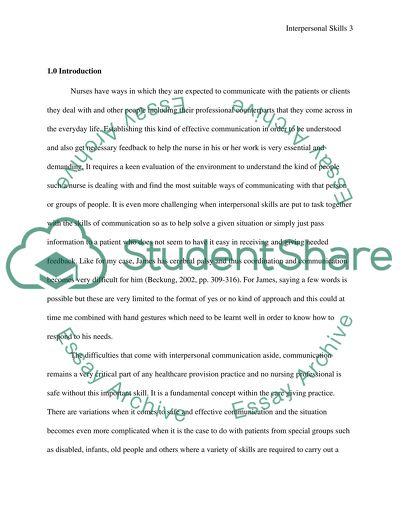Cite this document
(“Interpersonal Skills for Nursing Practice Essay”, n.d.)
Retrieved de https://studentshare.org/nursing/1391530-interpersonal-skills-for-nursing-practice
Retrieved de https://studentshare.org/nursing/1391530-interpersonal-skills-for-nursing-practice
(Interpersonal Skills for Nursing Practice Essay)
https://studentshare.org/nursing/1391530-interpersonal-skills-for-nursing-practice.
https://studentshare.org/nursing/1391530-interpersonal-skills-for-nursing-practice.
“Interpersonal Skills for Nursing Practice Essay”, n.d. https://studentshare.org/nursing/1391530-interpersonal-skills-for-nursing-practice.


